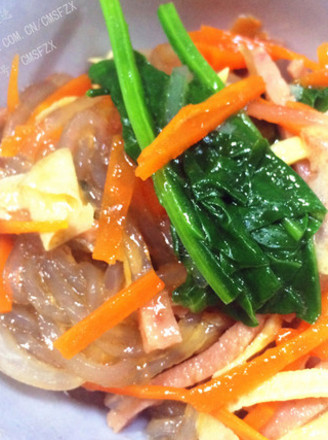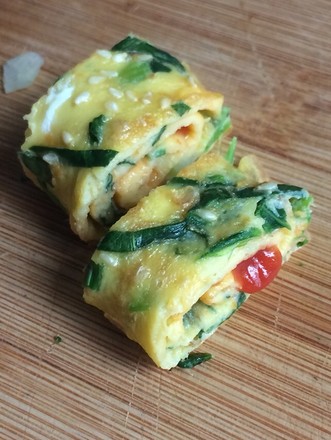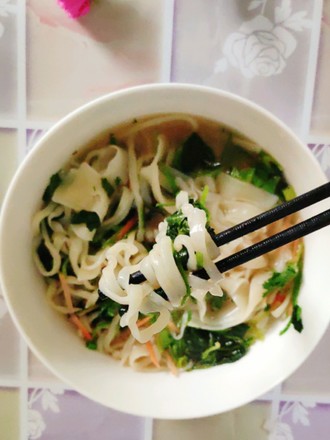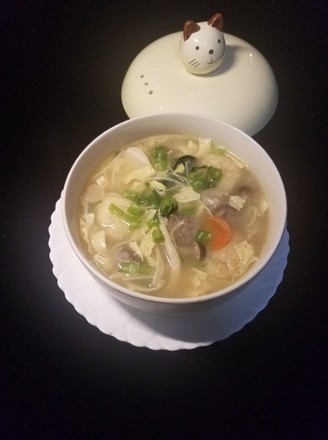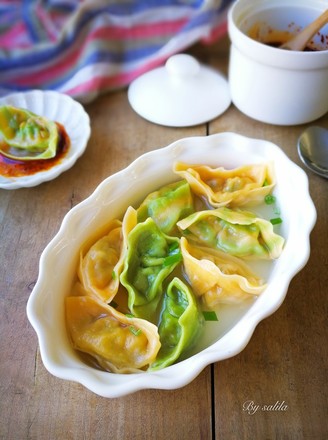Spinach Vermicelli
1.
Wash the spinach first, cut into sections, let the water go in the pot and let the water go, (the time should not be too long, because it will destroy the nutrients contained in the spinach, and the taste is too bad), remove the cold water and squeeze dry Put the water on a plate for later use.
2.
Prepare the wok and pour the salad oil, stir fry the peanuts, do not fry them, put it on a plate and set aside.
3.
Soak the vermicelli in boiled water again, it should not be too bad, just a moderate amount. After it is soft, let it run in cold water to control the moisture and put it on a plate for later use.
4.
Put the minced garlic and green onion into the plate, pour the sesame oil, the dried chili, and the hemp flower in the pot to give the fragrance, but if you can’t paste it, pour the oil into the plate, pour the vinegar, light soy sauce, sugar, and salt. , MSG, oyster sauce, sprinkle with white sesame seeds, and mix well
5.
The finished product is out, clang clang clang ✌️✌️✌️

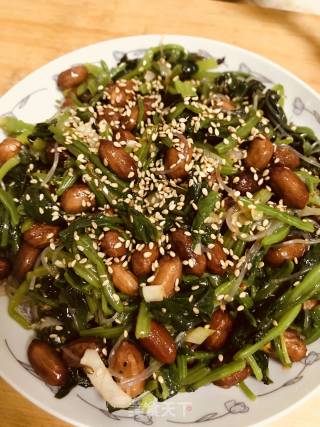
Tips:
Note ⚠️ 1. Spinach cannot be eaten with cucumber: Cucumber contains vitamin C decomposing enzyme, while spinach is rich in vitamin C, so the two should not be eaten at the same time.
2. Spinach should not be eaten with milk and other foods with high calcium content.
3. Spinach is not suitable for stir-frying pig liver: pig liver is rich in copper, iron and other metal elements. Once combined with spinach which contains high vitamin C, metal ions can easily oxidize vitamin C and lose its nutritional value. Animal livers, egg yolks, and soybeans are rich in iron and should not be eaten with spinach that contains more oxalic acid. Because both cellulose and oxalic acid affect the body's absorption of iron in the above foods.
4. Spinach cannot be eaten with soybeans. If it is eaten with soybeans, it will inhibit the release of copper and lead to poor copper metabolism.
5. Spinach cannot be eaten with calcium tablets. Spinach is rich in oxalic acid, and oxalate ions can easily form calcium oxalate precipitation after binding with calcium in the intestine, which not only hinders the body's absorption of calcium, but also easily forms stones.


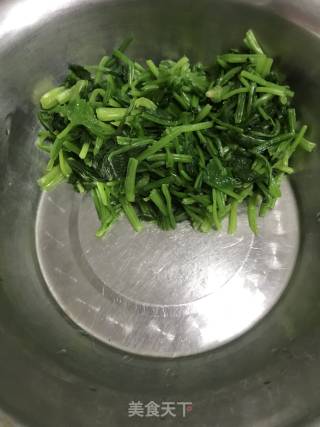

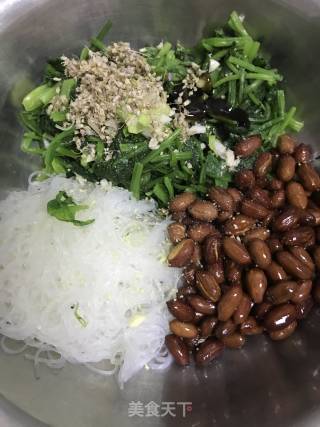
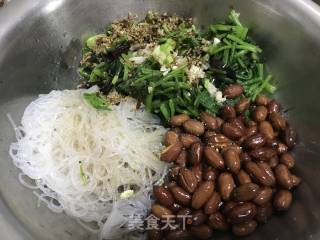

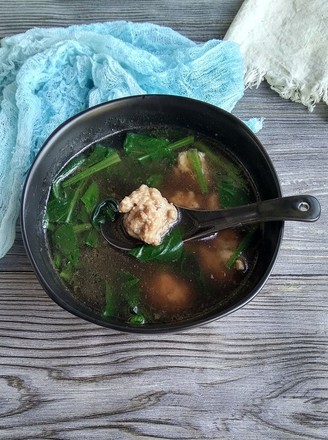

![[long for A Long Time] Fried Noodles with Seasonal Vegetables recipe](https://img.simplechinesefood.com/d4/d4edc9f182a14a58829ca46c0328fe3d.jpeg)
